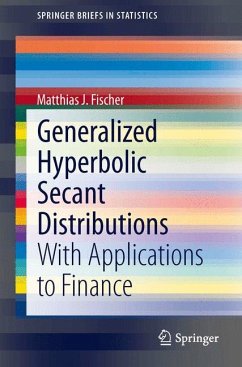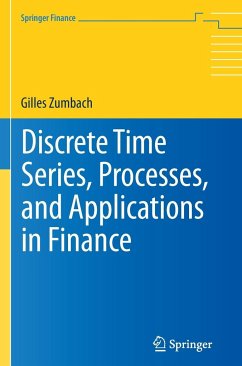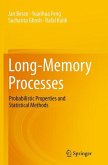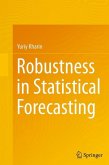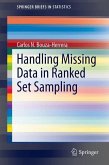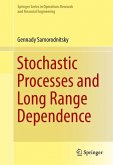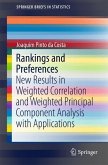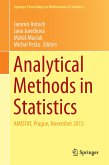Among the symmetrical distributions with an infinite domain, the most popular alternative to the normal variant is the logistic distribution as well as the Laplace or the double exponential distribution, which was first introduced in 1774. Occasionally, the Cauchy distribution is also used. Surprisingly, the hyperbolic secant distribution has led a charmed life, although Manoukian and Nadeau had already stated in 1988 that "... the hyperbolic-secant distribution ... has not received sufficient attention in the published literature and may be useful for students and practitioners." During the last few years, however, several generalizations of the hyperbolic secant distribution have become popular in the context of financial return data because of its excellent fit. Nearly all of them are summarized within this Springer Brief.
"The motivation of this monograph is precisely to provide a self-contained overview of generalized hyperbolic secant distributions. It conveys several features that these methodologies can be a basis in financial modeling, understandable by graduate students, researchers, and people familiar with both distribution theory and quantitative finance at a very simple level. ... Generalized hyperbolic secant distributions is clearly an important and much needed book on this new subject ... ." (Stergios B. Fotopoulos, Technometrics, Vol. 58 (3), August, 2016)

